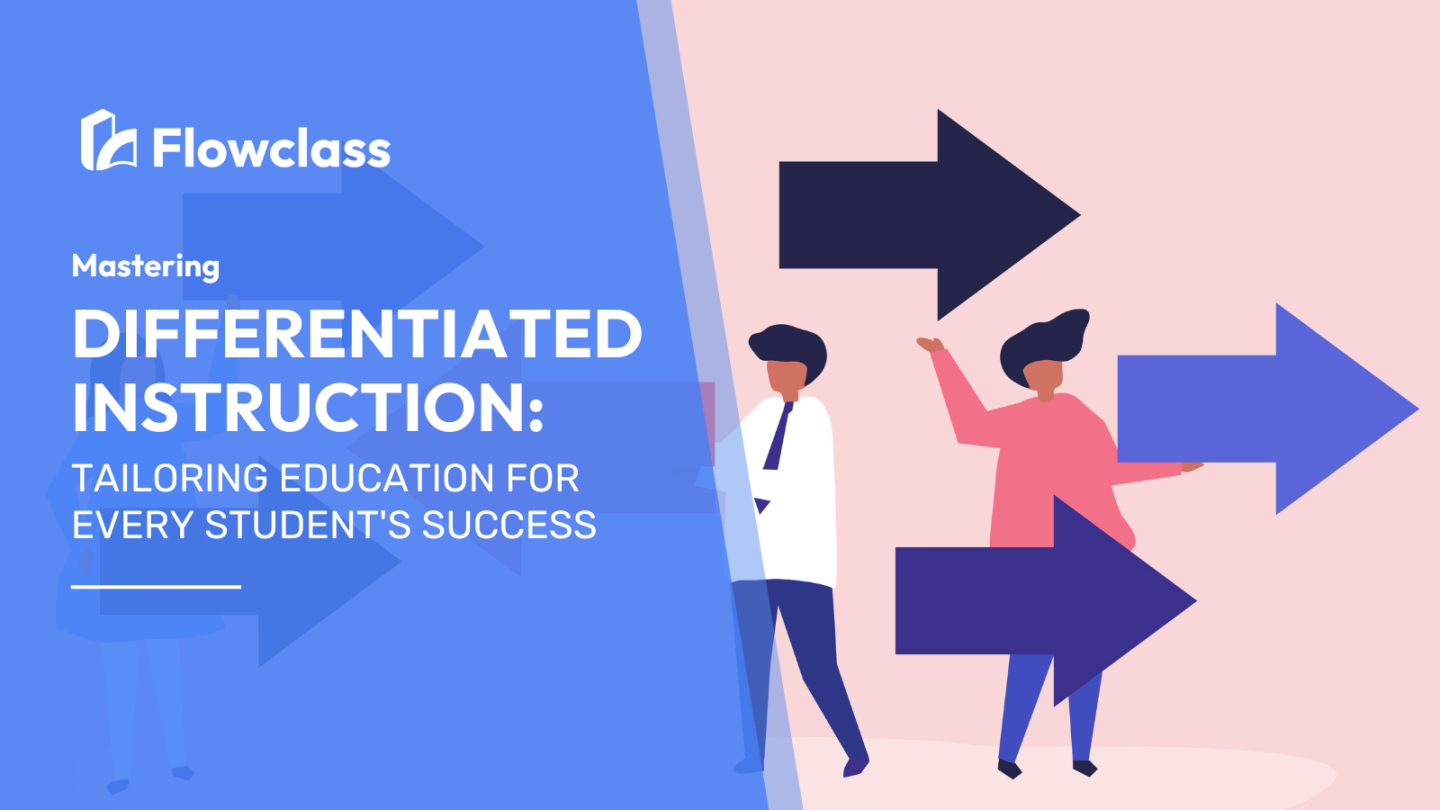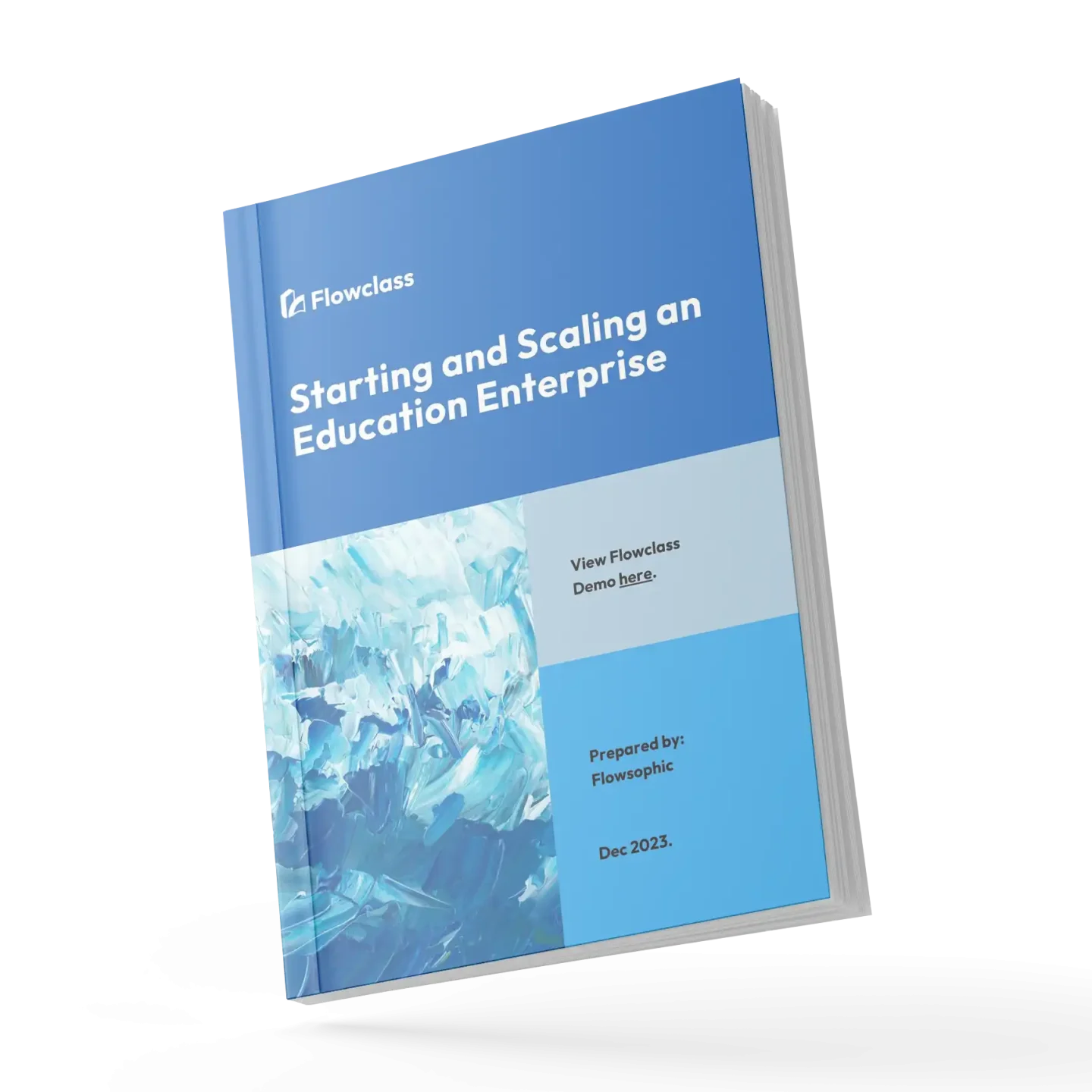In today’s diverse classrooms, one-size-fits-all teaching methods are becoming less effective in meeting the unique needs of every student. That’s where differentiated instruction comes in. By tailoring education to individual students, this teaching approach aims to engage and challenge learners at their own pace, ensuring their success.
Mastering differentiated instruction requires a deep understanding of each student’s strengths, weaknesses, learning styles, and interests. Educators must be adept at identifying these differences and adapting their teaching methods accordingly. This not only enhances student engagement but also promotes a deeper and more meaningful understanding of the subject matter.
Incorporating various instructional strategies, such as flexible grouping, tiered assignments, and ongoing assessments, differentiated instruction provides a rich and inclusive learning environment for all students. By catering to their individual needs, educators empower learners to take ownership of their education, fostering a sense of confidence and achievement.
In this article, we will explore the principles and strategies behind differentiated instruction, uncovering the benefits it offers both students and teachers. Whether you are an educator looking to enhance your instructional practices or a parent seeking ways to support your child’s learning journey, mastering differentiated instruction is the key to unlocking every student’s potential.
What is differentiated instruction?

Differentiated instruction is an educational approach that recognizes the diverse needs, learning styles, and abilities of students within a classroom. Rather than using a one-size-fits-all teaching method, differentiated instruction involves tailoring the curriculum, instructional strategies, and assessment techniques to meet the individual requirements of each learner.
The core premise of differentiated instruction is that students learn best when their unique strengths, weaknesses, and preferences are taken into account. By adapting the content, process, and product of learning, educators can create a more engaging and effective learning environment for all students. This approach acknowledges that students come to the classroom with varying backgrounds, prior knowledge, and levels of readiness, and it aims to address these differences to ensure that every student can succeed.
Differentiated instruction is not a single teaching method, but rather a framework that encompasses a variety of strategies and techniques. It empowers educators to be flexible in their approach, constantly assessing student needs and adjusting their instruction accordingly. This dynamic and responsive teaching style is essential in today’s diverse classrooms, where students have diverse cultural, linguistic, and academic backgrounds.
The importance of differentiated assessment in education
In the modern education landscape, differentiated instruction has become increasingly crucial for several reasons. Firstly, classrooms are becoming more diverse, with students coming from a wide range of cultural, socioeconomic, and academic backgrounds. A one-size-fits-all approach is often ineffective in meeting the diverse needs of these learners.
Differentiated instruction acknowledges and celebrates this diversity, providing a framework for educators to cater to the unique strengths and challenges of each student. By tailoring the content, process, and product of learning, differentiated instruction ensures that all students have the opportunity to engage with the material and demonstrate their understanding in meaningful ways.
Moreover, research has consistently shown that when students are actively engaged and their individual needs are met, they are more likely to experience academic success and develop a positive attitude toward learning. Differentiated instruction fosters a sense of ownership and empowerment in students, as they are actively involved in the learning process and given the tools to take charge of their own educational journey.
Differentiated learning strategies and techniques
Implementing differentiated instruction in the classroom requires a diverse repertoire of strategies and techniques. Educators must be adept at identifying the unique needs and learning styles of their students, and then adapting their instruction accordingly. Some of the key strategies and techniques used in differentiated instruction include:
Flexible Grouping: Rather than relying on static, homogeneous groups, differentiated instruction encourages the use of flexible grouping, where students are organized based on their readiness, interests, or learning profiles. This allows for targeted instruction and collaborative learning opportunities tailored to the specific needs of each group.
Tiered Assignments: Educators can create tiered assignments that offer varying levels of complexity, depth, and support. This ensures that all students can access the core content, while also providing opportunities for advanced learners to delve deeper into the material and for struggling students to receive additional scaffolding and support.
Ongoing Assessment: Differentiated instruction requires a continuous assessment of student progress, both formal and informal. Educators use a variety of assessment techniques, such as observations, exit tickets, and formative assessments, to gather data on student understanding and adjust their instruction accordingly.
Learning Stations: Setting up learning stations in the classroom allows students to explore content, practice skills, and demonstrate their learning in a variety of ways. These stations can be differentiated based on students’ interests, learning styles, or readiness levels, providing them with engaging and personalized learning experiences.
Scaffolding: Providing appropriate levels of support and guidance is crucial in differentiated instruction. Educators use scaffolding techniques, such as modeling, guided practice, and strategic questioning, to help students progress from their current level of understanding to a more advanced one.
Choice Boards: Offering students choices in how they engage with and demonstrate their learning can foster a sense of ownership and motivation. Choice boards, which present a variety of learning activities or assessment options, empower students to select the tasks that best align with their interests and learning preferences.
Benefits of differentiated instruction for students
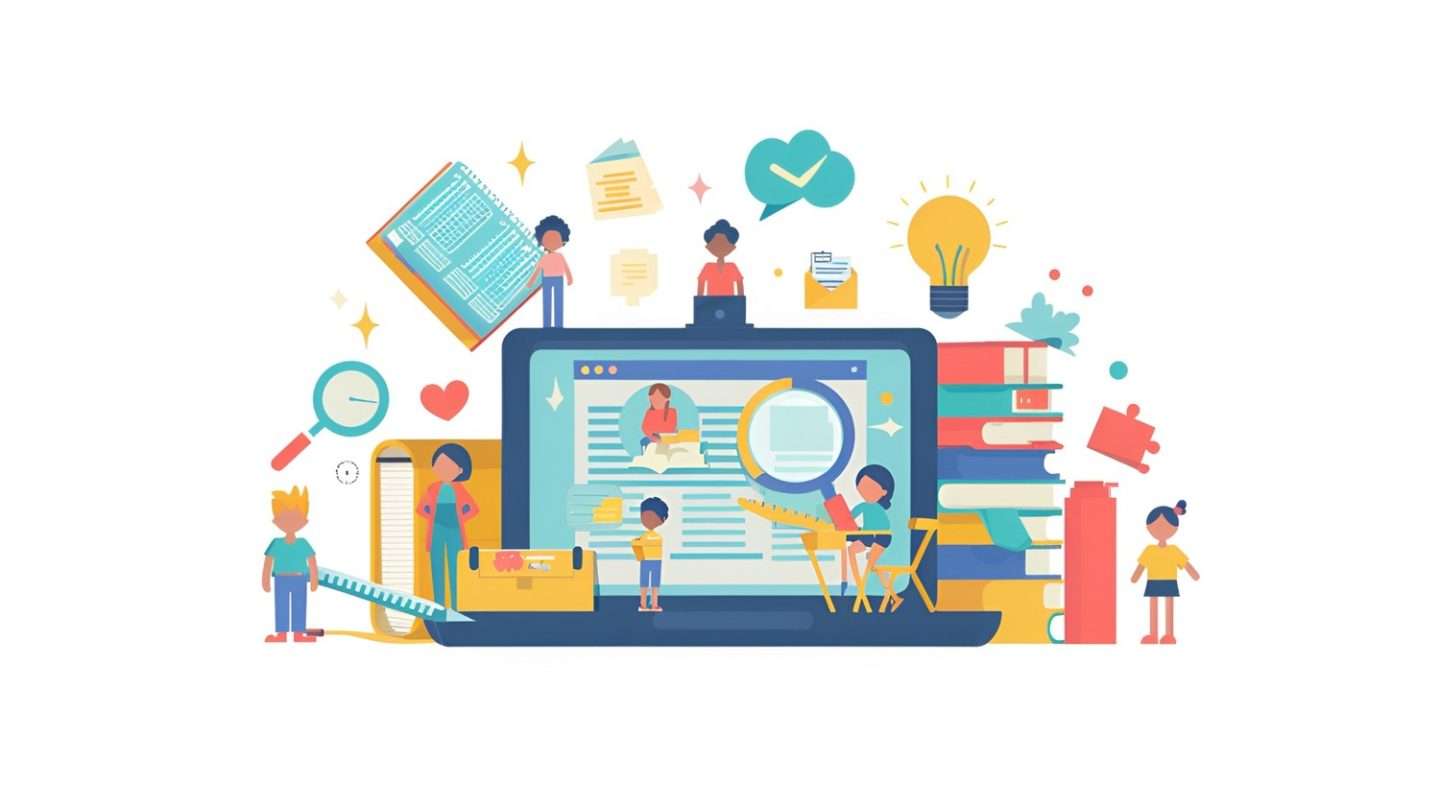
Differentiated instruction offers a wealth of benefits for students, both academically and socially. By tailoring the learning experience to individual needs, differentiated assessment can lead to:
Increased Engagement and Motivation: When students feel that their unique needs and preferences are being addressed, they are more likely to be engaged and motivated in the learning process.
Differentiated instruction caters to their interests, learning styles, and readiness levels, fostering a sense of ownership and investment in their education.
Improved Academic Achievement: Research has consistently shown that differentiated instruction can lead to significant improvements in student academic performance. By providing targeted support and challenging students at their appropriate level, differentiated instruction helps students develop a deeper understanding of the subject matter and achieve their full potential.
Enhanced Confidence and Self-Efficacy: Differentiated Assessment empowers students by acknowledging their strengths and providing them with the tools and support they need to succeed. As students experience academic growth and feel capable of meeting the challenges presented to them, their confidence and self-efficacy in their abilities are enhanced.
Developing Personalized Learning Strategies: Differentiated instruction encourages students to explore and discover their own preferred learning strategies. By experimenting with various instructional approaches, students can identify the methods that work best for them, equipping them with valuable skills for lifelong learning.
Fostering Inclusivity and Respect for Diversity: In a differentiated classroom, students learn to appreciate and respect the unique strengths and differences of their peers. This promotes a sense of community and inclusivity, where all learners are valued and supported in their journeys.
Challenges and misconceptions about differentiated assessment
While the benefits of differentiated instruction are well-documented, there are also some challenges and misconceptions that educators may encounter when implementing this approach in their classrooms.
One common misconception is that differentiated instruction requires an excessive amount of time and effort from teachers. While it is true that differentiated instruction requires thoughtful planning and ongoing assessment, it does not necessarily mean that educators must create completely unique lesson plans for each student. By utilizing flexible grouping, tiered assignments, and strategic use of technology, educators can streamline the differentiation process and make it more manageable.
Another challenge is the perceived complexity of differentiated instruction. Some educators may feel overwhelmed by the idea of tailoring instruction to meet the needs of every individual student. However, differentiated instruction is not an all-or-nothing approach. Educators can start by implementing small-scale differentiation strategies, gradually building their skills and confidence over time.
Concerns about equity and fairness in the classroom are also sometimes raised in relation to differentiated instruction. There may be a perception that some students are receiving more attention or resources than others. To address this, it is important for educators to communicate the rationale behind differentiated instruction and ensure that all students feel valued and supported in their learning journeys.
Additionally, some educators may struggle with the ongoing assessment and data collection required for effective differentiated instruction. Developing efficient systems for gathering and analyzing student data can help alleviate this challenge and inform instructional decisions.
Creating a differentiated instruction plan
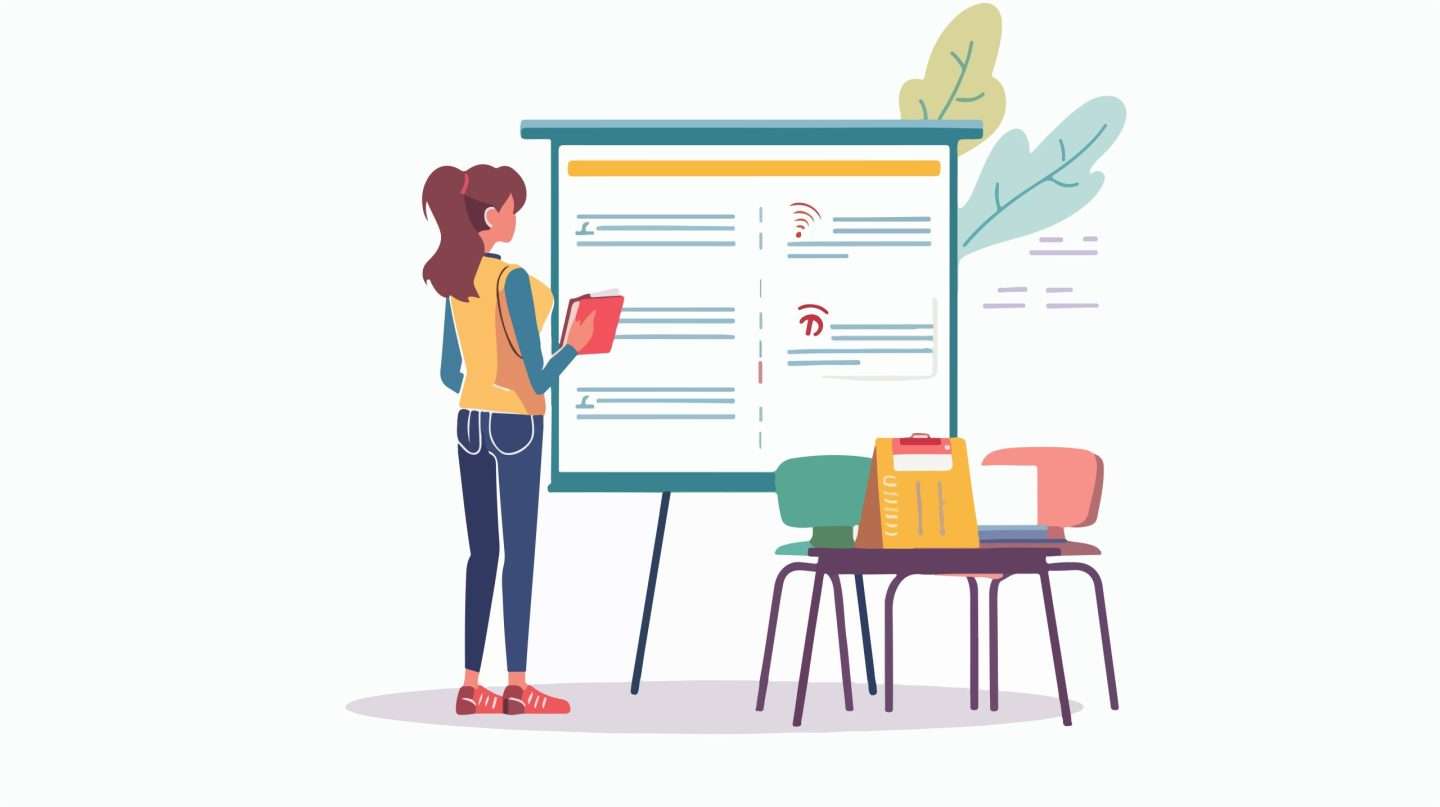
Developing a comprehensive differentiated instruction plan is a crucial step in ensuring its successful implementation in the classroom. This plan should consider the unique needs and characteristics of the students, as well as the specific learning objectives and content being addressed.
The first step in creating a differentiated instruction plan is to gather and analyze data on the student’s readiness levels, learning styles, interests, and any special needs or accommodations. This information can be obtained through a variety of assessments, including diagnostic tests, classroom observations, and student surveys.
Once the data has been collected, educators can begin to identify the core learning goals and essential content that must be addressed. They can then determine the most appropriate instructional strategies and techniques to differentiate the content, process, and product of learning.
Differentiated instruction plans should also incorporate a variety of assessment methods, both formative and summative, to continuously monitor student progress and inform instructional adjustments. These assessments can include exit tickets, performance-based tasks, and portfolio-based evaluations, among others.
Effective differentiated instruction plans should also include strategies for managing the classroom environment and ensuring that all students feel supported and engaged. This may involve the use of flexible grouping, the creation of learning stations, and the incorporation of technology-based tools and resources.
Finally, differentiated instruction plans should be regularly reviewed and refined based on ongoing student data and feedback. This iterative process allows educators to adapt their strategies and techniques to better meet the evolving needs of their students.
Differentiated instruction in practice: real-life examples
To better understand the practical application of differentiated instruction, let’s explore some real-life examples from classrooms around the world.
In a fourth-grade math classroom, the teacher begins a lesson on fractions by assessing the students’ prior knowledge and readiness levels. Based on this data, she organizes the class into three flexible groups: one group that needs more foundational work on fraction concepts, another group that is ready for more advanced fraction operations, and a third group that can explore real-world applications of fractions.
The teacher then creates tiered assignments for each group. The first group works with manipulatives and visual models to develop a deeper understanding of fraction representation and equivalence. The second group practices adding and subtracting fractions with like denominators, while the third group tackles word problems that require them to apply their fraction knowledge to practical scenarios.
Throughout the lesson, the teacher circulates among the groups, providing targeted support and guidance as needed. She also incorporates opportunities for peer collaboration and self-reflection, empowering students to take an active role in their learning.
In a high school English literature class, the teacher recognizes that her students have diverse interests and reading preferences. To accommodate these differences, she creates a “choice board” that offers a variety of novel selections, each with a corresponding set of activities and assessments.
Students are encouraged to choose the novel that most appeals to them, whether it’s a classic work of literature or a contemporary young adult novel.
The teacher then provides differentiated instruction and support based on the specific needs and interests of each reading group.
For example, the students reading the classic novel engage in in-depth literary analysis and discussions, while the students reading the young adult novel focus on developing their narrative writing skills. Throughout the unit, the teacher uses formative assessments to monitor student progress and make adjustments to the instructional strategies as needed.
These examples demonstrate how differentiated instruction can be implemented across different grade levels and subject areas, catering to the unique needs and preferences of diverse learners.
Resources and tools for implementing differentiated instruction
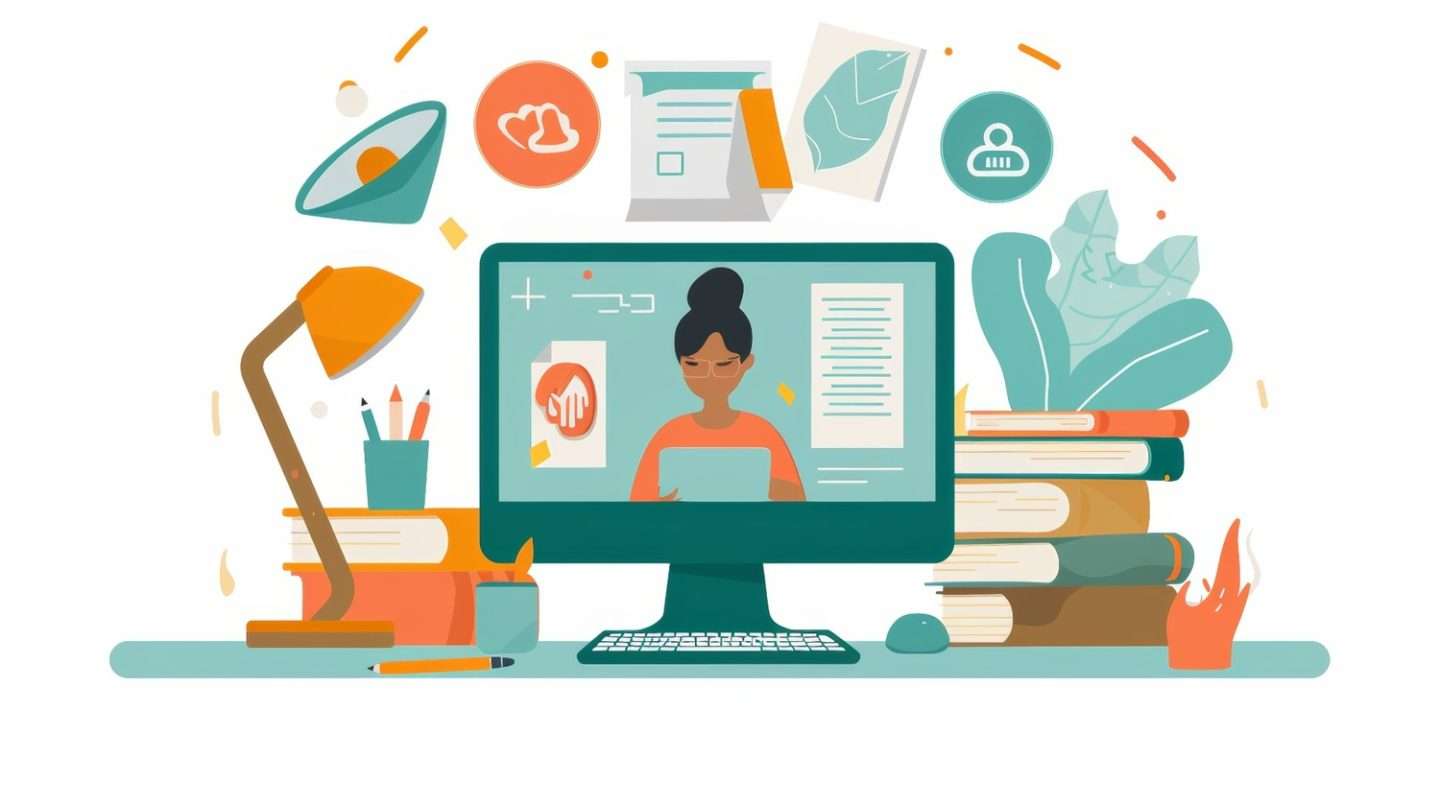
Implementing differentiated instruction in the classroom can be greatly enhanced by the use of various resources and tools. These can include:
Online Lesson Planners and Curriculum Banks: Websites like Differentiated Instruction Strategies and Understood.org offer a wealth of pre-designed lesson plans, activities, and resources that are tailored to different learning styles and readiness levels.
Adaptive Learning Technologies: Platforms such as Dreambox Learning, Lexia Core5, and IXL provide personalized learning experiences, adjusting the content and pace based on each student’s performance and progress.
Assessment Tools: Formative assessment tools like Kahoot!, Quizizz, and Google Forms allow educators to gather real-time data on student understanding, which can then inform their differentiation strategies.
Collaborative Learning Platforms: Tools like Google Classroom, Microsoft Teams, and Padlet enable students to engage in differentiated group work, share resources, and receive personalized feedback from their teachers.
Multimedia Resources: Incorporating a variety of multimedia elements, such as educational videos, interactive simulations, and audio recordings, can cater to the diverse learning preferences of students.
Classroom Management Apps: Apps like ClassDojo and Seesaw can help teachers streamline the organization and communication aspects of differentiated instruction, allowing for more efficient implementation.
By leveraging these resources and tools, educators can streamline the process of implementing differentiated instruction, making it more accessible and manageable in their classrooms.
Professional development for teachers in differentiated instruction
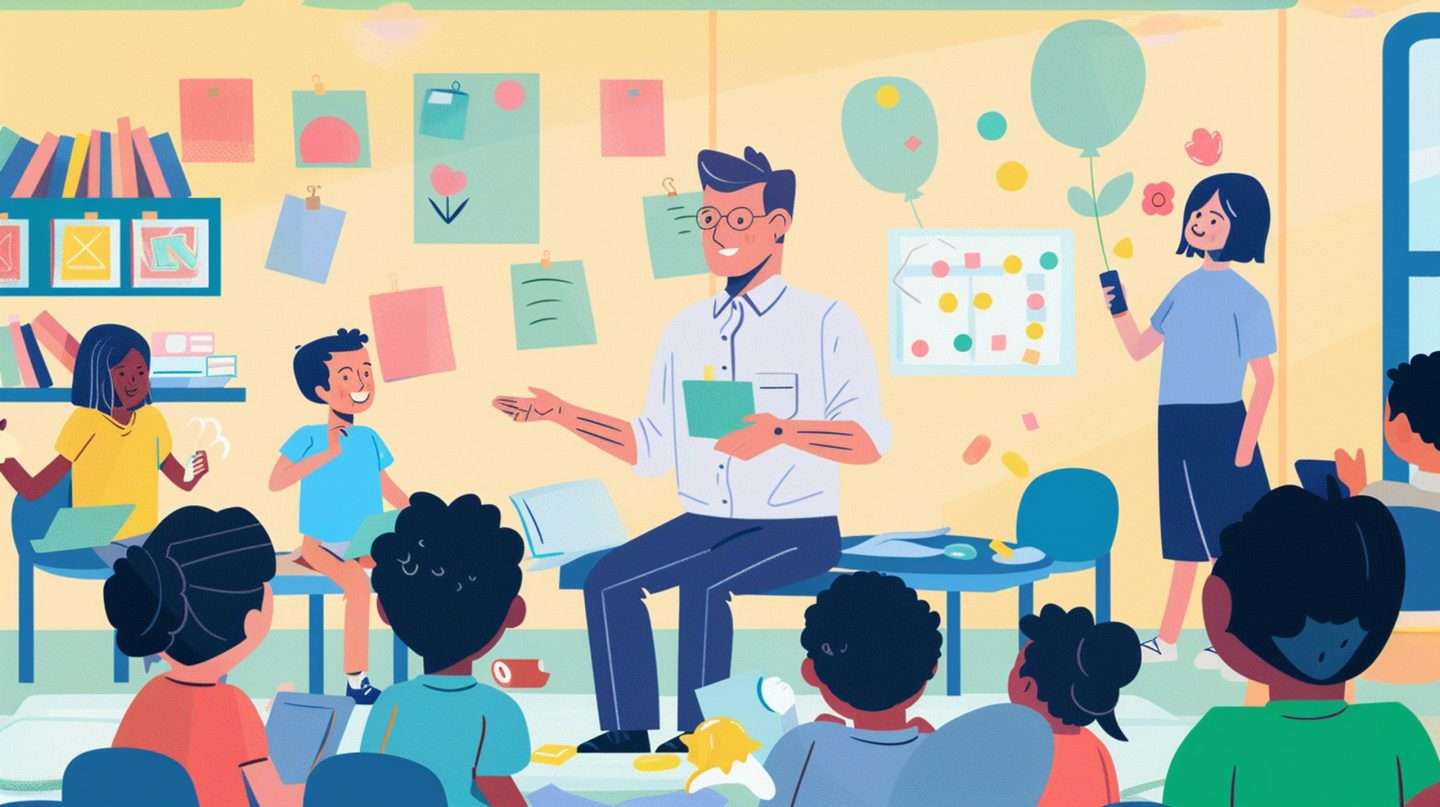
Effective implementation of differentiated instruction requires ongoing professional development and support for teachers. Educators must continuously expand their knowledge, refine their skills, and stay up-to-date with the latest research and best practices in this field.
One way to facilitate this professional growth is through targeted workshops and training sessions. These can be organized by school districts, educational organizations, or even universities, and can cover a wide range of topics, such as:
- Identifying and assessing student learning styles and readiness levels
- Developing differentiated lesson plans and instructional strategies
- Implementing effective classroom management techniques for differentiated instruction
- Utilizing technology to support and enhance differentiated learning experiences
- Analyzing and interpreting student data to inform instructional decisions
- Fostering a collaborative and inclusive classroom environment
In addition to formal training, teachers can also engage in peer-to-peer learning and collaboration. This can involve observing and learning from colleagues who have successfully implemented differentiated instruction in their classrooms, as well as participating in professional learning communities (PLCs) to share best practices and troubleshoot challenges.
Online resources, such as webinars, podcasts, and virtual conferences, can also be valuable sources of professional development for teachers. These digital platforms allow educators to access a wealth of information and insights from experts in the field of differentiated instruction, regardless of their geographical location.
Ongoing coaching and mentorship can also play a crucial role in supporting teachers as they navigate the complexities of differentiated instruction. Experienced educators or instructional coaches can provide one-on-one guidance, feedback, and support, helping teachers refine their strategies and overcome obstacles.
By investing in comprehensive and sustained professional development, schools and districts can empower their teachers to become skilled practitioners of differentiated instruction, ultimately enhancing the learning experiences and outcomes for all students.
Conclusion: The future of differentiated instruction in education
As the education landscape continues to evolve, the importance of differentiated instruction is only likely to grow. In an increasingly diverse and technology-driven world, the ability to tailor learning experiences to the unique needs of each student will be essential for fostering academic success and preparing learners for the challenges of the 21st century.
Looking to the future, we can expect to see a continued emphasis on personalized learning, with advancements in educational technology and data-driven decision-making further enhancing the effectiveness of differentiated instruction. Adaptive learning platforms, artificial intelligence, and virtual/augmented reality may all play a role in creating highly customized learning experiences that cater to the individual strengths, weaknesses, and preferences of students.
Moreover, as the understanding of neurodiversity and the science of learning deepens, educators will be better equipped to design and implement differentiated instruction that truly unlocks the potential of every learner. By embracing the principles of universal design for learning and fostering inclusive classroom environments, schools can ensure that all students, regardless of their background or abilities, have the opportunity to thrive.
Ultimately, the future of education lies in the ability to meet the diverse needs of learners and empower them to become self-directed, lifelong learners. Mastering the art of differentiated instruction will be a crucial step in realizing this vision, transforming classrooms into vibrant, inclusive, and equitable learning communities that celebrate the unique strengths and contributions of every student.
📣 Want more tips & tricks on how to manage your students? Check out our blog on Best Strategies to Increase Student Engagement in the Classroom

